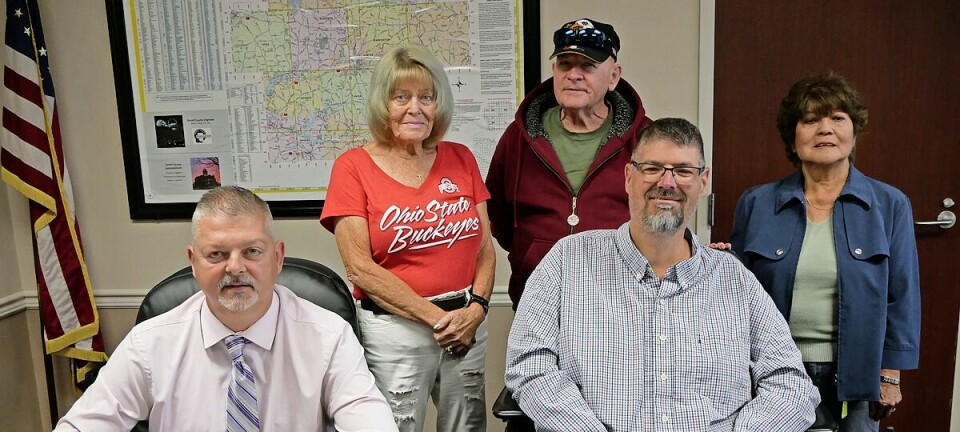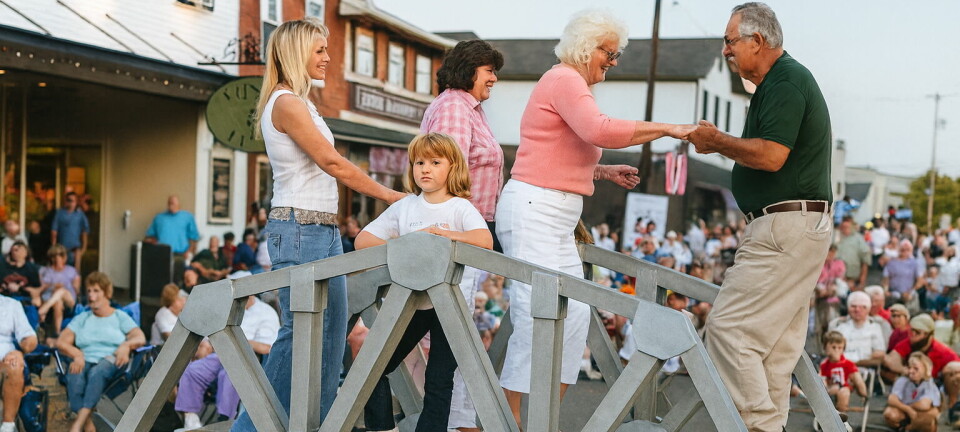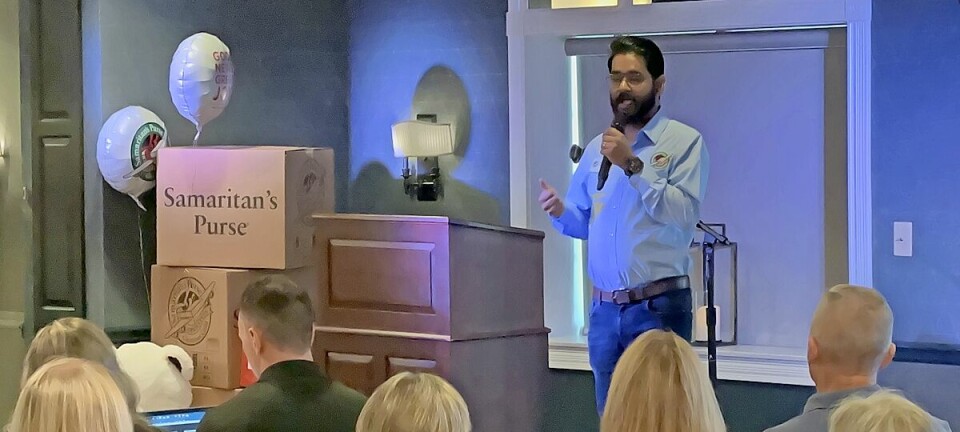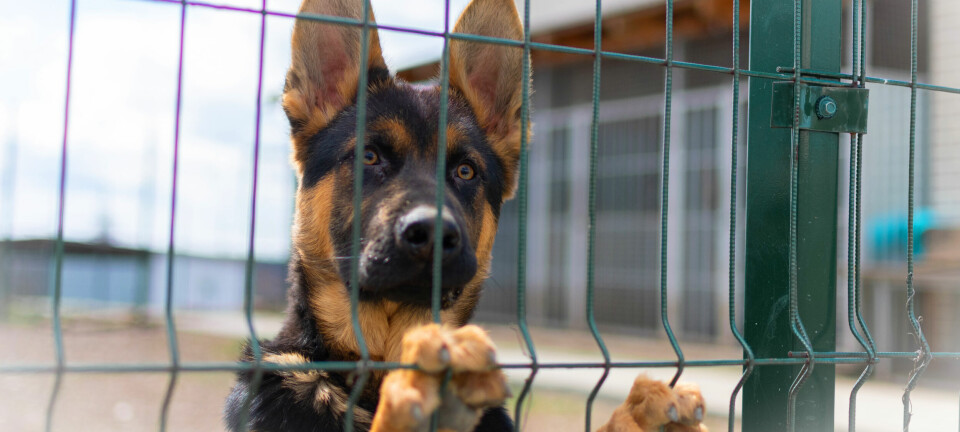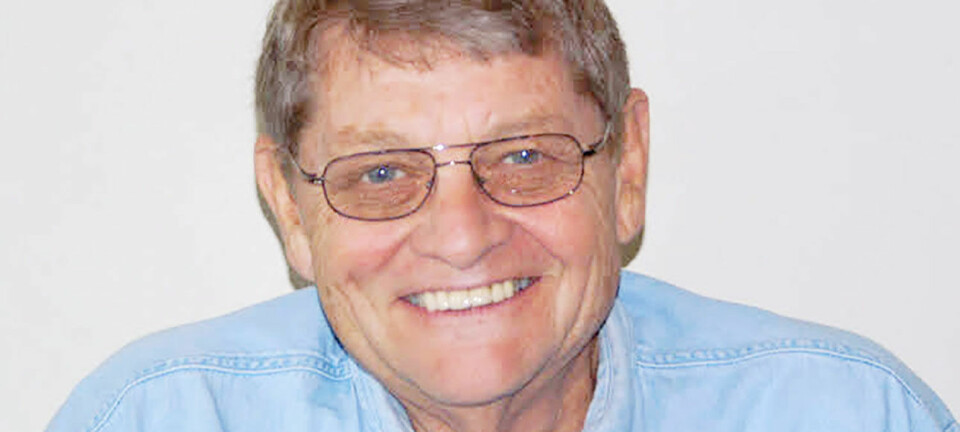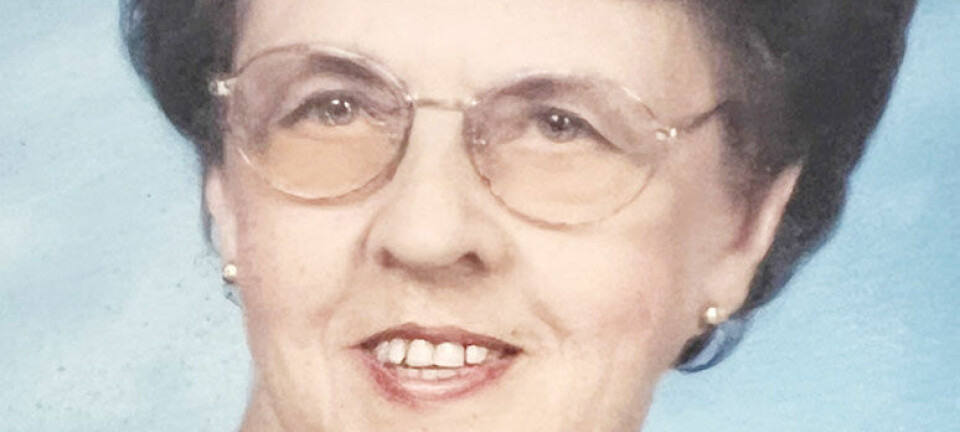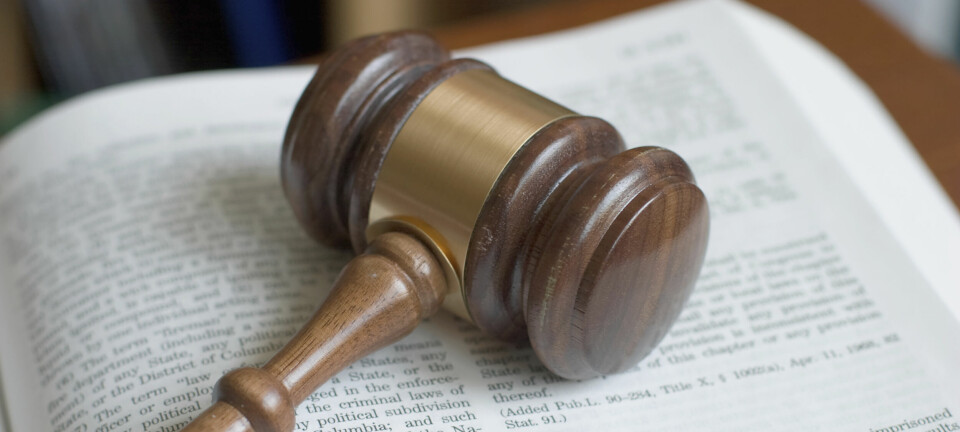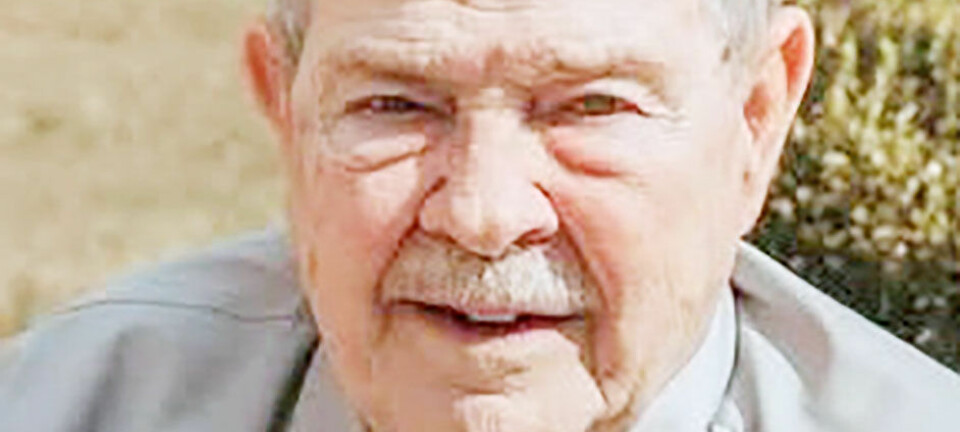Relief well installation underway at Zoar Levee

Representatives from the U.S. Army Corp of Engineers held a meeting on Aug. 27 with all consulting parties to the work being performed on the Zoar Levee. The meeting provided a discussion of the project status and updates to the construction schedule.
Nathan White, archaeologist with the USACE, led the meeting, which was conducted on the Webex platform. White said ponding area rehabilitation is nearing completion, and an agreement to relocate a gas line has been reached with Buckeye Gas. A seismographic study will be performed within the next week to establish background data for a vibration assessment during construction.
According to White, the installation of relief wells is now underway. Relief well is short for pressure relief well. Whenever water comes to the ground surface due to the build-up of aquifer pressure during storms, relief wells collect water seepage and convey it to a ponding area to relieve the pressure.
At Zoar the seepage, along with other water from rainfall runoff and village storm-water pipes, is routed via pipes that pass under state Route 212 to the pump station ponding area, which was recently rehabilitated. Water is then pumped over the levee and back into the pool to prevent flooding of the levee interior.
According to the USACE, most of the relief wells at Zoar were installed in 1948, and some are no longer functional. Installing new relief wells will help stabilize the levee and protect village residents and historical properties during and after the construction of the Internal Erosion Interceptor Trench.
Issues occurred during ponding area rehab
White addressed two issues that occurred during the pond-rehabilitation phase. He said a dust problem occurred, and a plan for dust management is now included in the IEIT contract.
The second issue involved a gravel truck driving on side streets not rated for heavy axle use. The problem arose, according to White, when the driver of the truck chose to use a GPS locator rather than getting direction from the quarry where the gravel originated.
Mayor Scott Gordon said only First and Fifth streets are to be used for heavy trucks and equipment as they are the only streets rated for heavy axle. “We have a 10,000-pound weight limit on all other side streets,” Gordon said, adding the need for compliance with those ratings will become even more critical in later phases of construction.
“Traffic has to be monitored, and plans for it need to be included in the traffic section of the Best Management Practices,” Gordon said.
White assured the mayor he will improve communications among the project managers, contract managers and subcontractors. He also said the quarry has been instructed to give all drivers directions rather than having them rely on GPS indicators.
Zoar councilman Hans Fischer asked the corp to also be cognizant of the water mains running along certain side streets so as not to damage them. White said the corp has added the Tuscarawas County Metropolitan Sewer District as a consulting party, and TCMSD will provide mapping on the infrastructure.
Additional reports
Other topics addressed in the meeting included a groundbreaking ceremony that was held Aug. 12 at the foot of the levee for the Zoar Levee project and for a dam-safety modification project in Coshocton County.
Results of the seismographic study should be available the week of Labor Day.
USACE expects to award the IEIT construction contract in September or October.
Major construction is still on track to be conducted between January and March 2021.
Requests were made by the Ohio History Connection and the Ohio State Historic Preservation Office to be included in consultation on all proposed materials and displays that may become permanent outdoor exhibits. The desire is to make sure the designs are compatible with the historic character of Historic Zoar Village.
OSHPO also asked to receive copies of all materials for archiving purposes.



